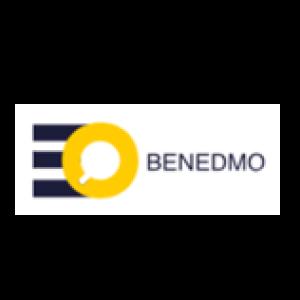 \
&
Contact us
\
&
Contact us
 \
&
Contact us
\
&
Contact us
Partnership website: https://www.eitfood.eu/
The EIT food wants to make our food future-proof by involving more the consumers in the innovation process and consequently increasing the consumers trust in new food products. It also wants to make our food cycle more sustainable and healthy. Therefore it wants to achieve a reduction of the food related GHG emissions by 40% by 2030. To reach these objectives they have set up 6 types of programmes:
The EIT publishes calls for proposals for these different programmes. You can find out the opportunities and latest news at the webpage of the innovation community
The EIT works through five regional EIT food hubs with the HQ based in Leuven. Non-members can also take part in most projects so it is not a closed community. You can contact the HQ by mail: info@eitfood.eu
Finally you can contact the NCP for Food, pascal.verheye@vlaio.be
Partnerships group the EC and private and/or public partners, to coordinate and streamline the research & innovation initiatives and funding in some selected key domains.

pascal.verheye@vlaio.be

Textgain is a Flemish SME and a partner in Digital Europe project BENEDMO, which answered to call ‘European Digital Media observatory (EDMO) - National and multinational hubs’.
Its task within the project is to further develop technologies to effectively detect sources of polarisation and disinformation, allowing journalists and moderators to quickly mitigate the harmful effects of such messages.